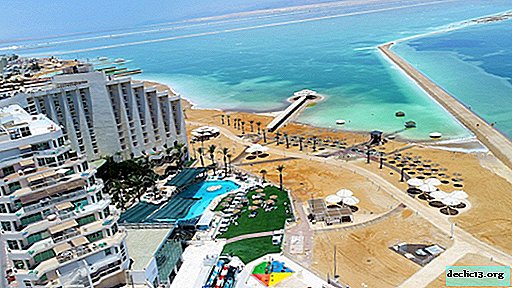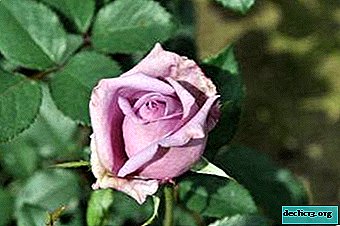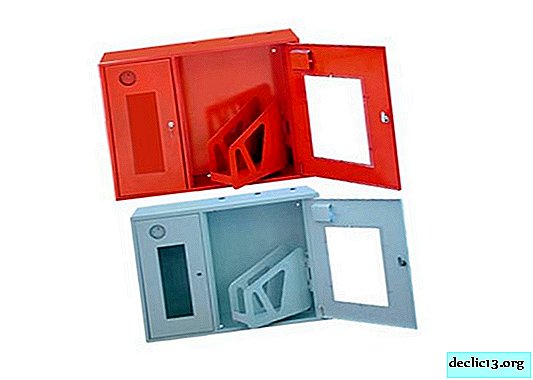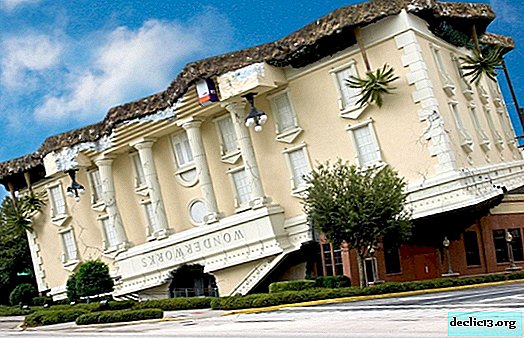Jerusalem artichoke harvesting rules: when and how best to dig tubers?
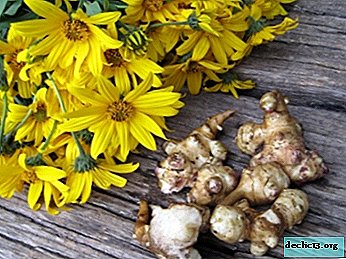
Jerusalem artichoke (earthen pear) is a perennial plant resembling sunflower, the tubers of which contain a large amount of vitamins and are much more useful than many vegetables and fruits.
They are rich in carbohydrates, fiber, and help maintain well-being for those suffering from hypertension and diabetes.
The green top of the plant is used as pet food. Few people know that Jerusalem artichoke inflorescences are also edible, they are used to make tea.
The importance of timely harvesting
When is the best time to dig up Jerusalem artichoke tubers for food? It is important to collect root crops in a timely manner so that they have the best taste and a sufficient amount of vitamins. The most suitable time for collection is the second half of October-the first half of November.
The later the crop is harvested, the larger the fruits will be and the greater the concentration of nutrients will be contained in the tubers. If you dig it earlier, the nutritional value of Jerusalem artichoke will decrease, not all useful substances will have time to pass into the fetus and remain in the green part of the plant.
How to determine what is ripe?
If the top of the plant began to wilt - this is a sure sign that Jerusalem artichoke is ripe and you can collect it. The whole ripening process takes at least 120 days, and in later varieties it reaches 150 days. This period is calculated from the moment the shoots appear.
The most important growth phase occurs in the first half of October, all nutrients in this period move from the stem to the root. Therefore, at the end of October, you must first cut off the upper part, and after about a week or two begin to harvest.
Optimal season
It is not necessary to collect the entire crop in the fall, it is better to leave part of it in the ground until spring. Moreover, tubers have a short shelf life, not more than a month. It is for this reason that we do not often meet him on store shelves, the complexity of transportation and storage does not allow Jerusalem artichoke to be seen as a frequent guest on our table.
Attention! Jerusalem artichoke is very picky about storage conditions. No matter how you try, you won’t succeed in preserving the crop stocks all winter; it will still deteriorate and rot.Tubers perfectly tolerate winter in the soil, without losing their beneficial properties, and even vice versa. After winter frosts, inulin, which is part of Jerusalem artichoke, turns into fructose, which increases the nutritional value of the root crop. After wintering, the tubers become sweeter, not everyone will like it.
 Let's consider whether it is possible to collect Jerusalem artichoke tubers in the spring. In the spring, as soon as the soil begins to thaw, it will be possible to dig Jerusalem artichoke in the required quantities. The main thing is not to leave it until the moment when new growth begins and the useful properties of tubers decrease.
Let's consider whether it is possible to collect Jerusalem artichoke tubers in the spring. In the spring, as soon as the soil begins to thaw, it will be possible to dig Jerusalem artichoke in the required quantities. The main thing is not to leave it until the moment when new growth begins and the useful properties of tubers decrease.
Tubers dug in spring can immediately be used for planting, cutting them into parts. Not only root vegetables are used in food, the leaves and inflorescences of plants can be collected during flowering for making tea.
Step-by-step instruction
No there are no features or difficulties in harvesting this plant. Everything is quite simple:
- Cut the upper part of the plant, but not under the root, so that with further digging, you can determine the location of the bush. This is best done a week or two before the harvest, leaving Jerusalem artichoke to ripen.
- The technology is absolutely the same as when harvesting potatoes, you need to dig out with a shovel or pitchfork. It is preferable to use a pitchfork, they damage tubers less.
- Do not dig out more than you need, pick up the remains of tubers in the spring.
- If the land is wet during harvesting, then the root crops must be dried out, only then cleaned in a storage place.Reference. During the flowering period, you can collect foliage and inflorescences for making tea.
Jerusalem artichoke retains all its useful properties until spring. It will become an additional source of vitamins and minerals when it will be especially necessary.
Useful video
We offer to watch a video on how and when to collect Jerusalem artichoke:




